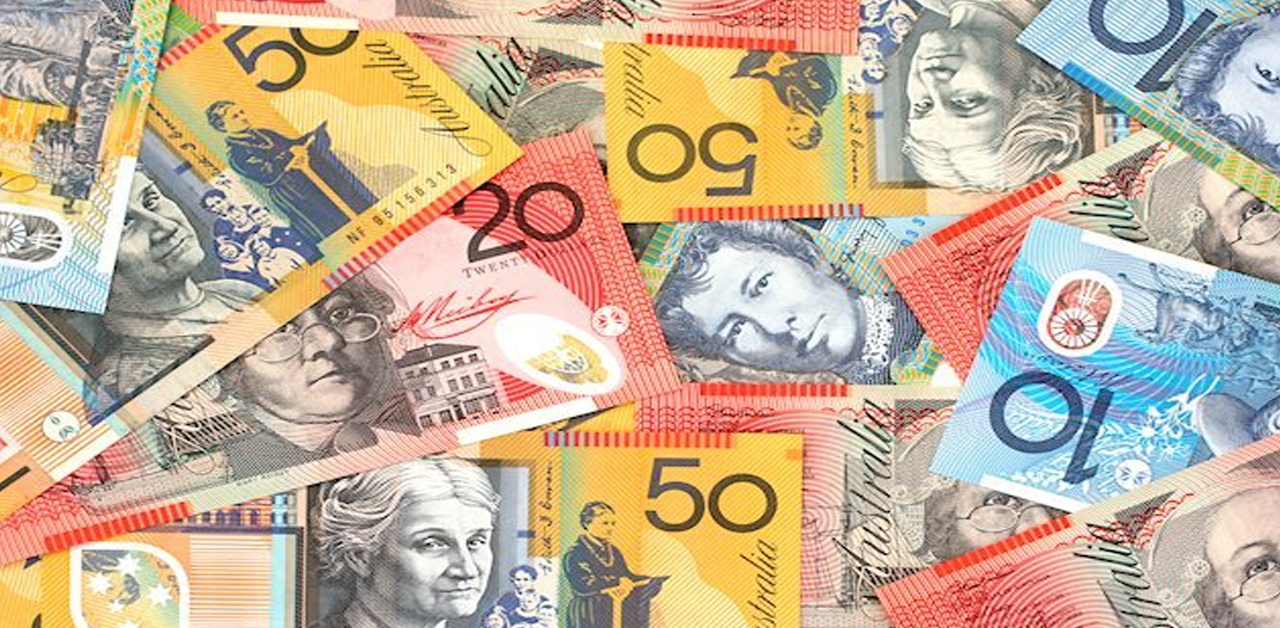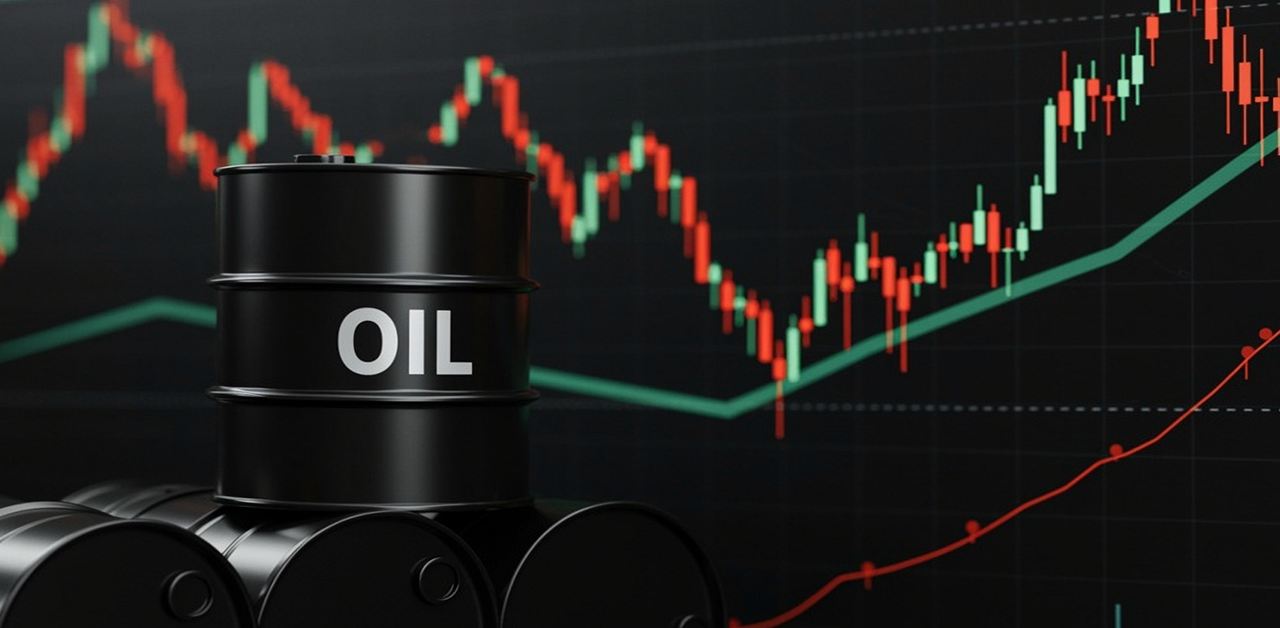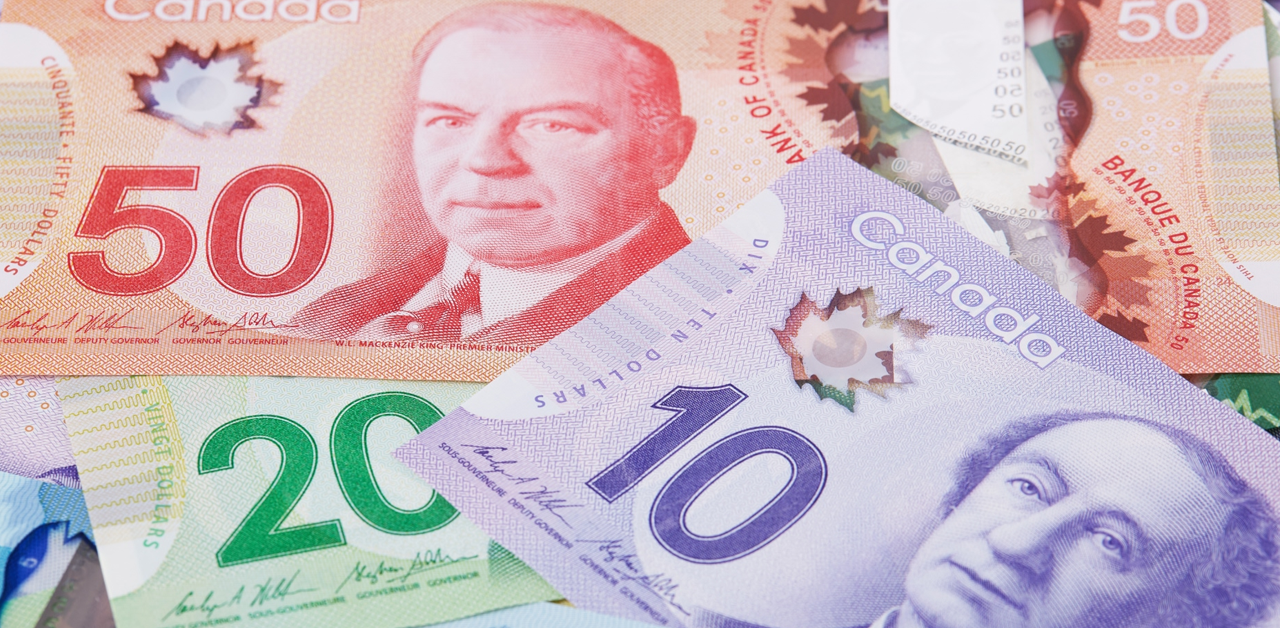Banks Forecast Tougher Loan Conditions for Businesses and Consumers
Lending conditions for businesses and consumers in the United States are currently tight, and they are expected to become even more stringent, as indicated by a recent Federal Reserve survey released on Monday. The closely monitored Senior Loan Officer Opinion Survey revealed that credit conditions have become stricter, while there has also been a decline in demand for loans.
Economists closely watch these survey results, as some of them predict that a possible recession could stem from the banking system. The banks have faced challenges, having to respond to 11 interest rate hikes and a brief crisis in March, when three midsize institutions failed.
The survey summary from the Federal Reserve stated that banks anticipate further tightening of standards across all loan categories in the second half of 2023. The reasons cited by banks for this tightening include a less favorable or more uncertain economic outlook, expected deterioration in collateral values, and the credit quality of loans.
Regarding consumer lending, banks have reported tightening standards for credit card loans and other consumer loans, with a moderate net share doing the same for auto loans. Moreover, banks are raising the minimum credit score requirements for personal loans and reducing credit limits in the $1.9 trillion consumer-loan space.
In the commercial and industrial lending segment, which amounts to a critical $2.76 trillion, a significant number of banks have experienced lower demand for loans, accompanied by tightening standards for all business sizes. Similarly, the commercial real estate sector has seen many banks implementing stricter standards and facing weaker demand.
Despite these tightening lending conditions, the Federal Reserve officials acknowledge the state of the banking sector. Nonetheless, they continue to raise interest rates in an attempt to combat inflation. During a recent post-meeting news conference, Fed Chair Jerome Powell affirmed that the loan survey’s findings were consistent with their expectations. He highlighted the tight and tightening lending conditions, along with weak demand, which collectively paint a picture of relatively stringent credit conditions in the economy.
During the meeting, the Federal Reserve increased its key interest rate by another quarter percentage point, bringing it to a target range of 5.25%-5.5%. This is the highest rate observed in more than 22 years, reflecting the ongoing efforts to address inflation concerns.











